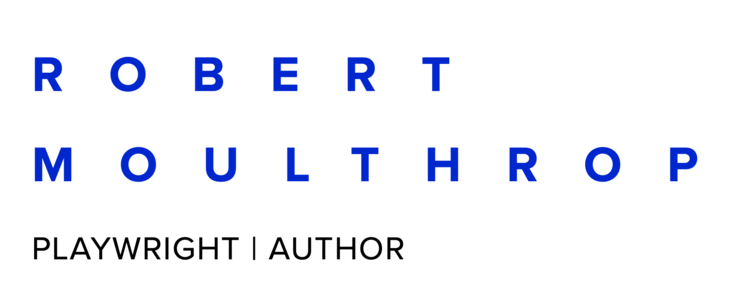Billy Rose Theatre Division, The New York Public Library. (1900 - 1923). Photo of Charles Dickens oil painting by E. Goodwyn Lewis, 1869. Retrieved from http://digitalcollections.nypl.org/items/42c2c920-0208-0131-7f2f-58d385a7bbd0
Those novelists. They sure know how to get you. Pick up that book at the bookstore and begin to read at your peril. Here are a few of my favorite openers for your consideration. Anyone like to add one or two of their own?
It was the best of times, it was the worst of times, …
This opening statement, connected by commas, is truly a paragraph (“the spring of hope, the winter of despair … etc.”) that ends with the notion that the far-off French Revolution was very like Dickens’s own time. Or ours. A Tale of Two Cities reverbs across the centuries.
Alice was beginning to get very tired of sitting by her sister on the bank …
Another opening sentence that is actually a paragraph on its own. (… “and what is the use of a book,” thought Alice, “without pictures or conversations?”). But aren’t we readers, of whatever age, caught in our response between “so what?” and “what’s next?” And truth to tell, we know this seemingly idle sentence is headed to somewhere spectacular. After all, isn’t the book titled Alice in Wonderland?
It was love at first sight. The first time Yossarian saw the chaplain he fell madly in love with him.
All right. Two sentences. Catch-22, one of the great anti-war novels begins with love. Hey, maybe it’s gay love. Or is it spiritual love? And what’s love doing in a novel about war?
Marley was dead: to begin with.
Wait a minute! It’s A Christmas Carol. Where’s the egg nog? (Later for that.) What we get in those six short words: it’s going to be a ghost story, and whatever ghosts there are, that’s only the beginning.
A few years ago the Morgan Library in New York City had a Charles Dickens exhibition that included the first handwritten pages of his original first draft for this iconic work. There were cross-outs and emendations sprinkled across the pages. But the first sentence, colon and all, was pristine. The words had flown from that nimble brain straight onto the page, the opening fully formed. Never to be changed. One weeps (to paraphrase a famous Biblical phrase).
I must pause a moment for that colon. We know Dickens wrote many of his works to be performed. So here’s a true indication of what he meant to happen. Even without reading aloud, one’s eye must take a pause at that colon, a short breath, a little aspiration. And as we do that, we know that “dead” is only the beginning. There is more. And because we know we are in the hands of a master storyteller, we are happy to sit rapt, faces turned toward the words, waiting for the next, and the next. Tell me more, oh please oh please, tell me more.
The past is a foreign country; they do things differently there.
In The Go-Between, L. P. Hartley sets the stage for the child’s misunderstanding of adult behavior. Of course the past is more than just some distant realm, but for the purposes of this novel (and almost-terrific movie adaptation by Harold Pinter with Julie Christie and Alan Bates), those words will do.
It is a truth universally acknowledged, that a single man in possession of a good fortune, must be in want of a wife.
And now let’s read the book, or, in the event our time is even more limited, watch the best ever mini-series adaptation with Jennifer Ehle and Colin Firth. Pride & Prejudice runs to the heart of both class prejudice and our even-today emotional struggle to get past preconceived notions of “the other.” Thank you, Jane Austin.

